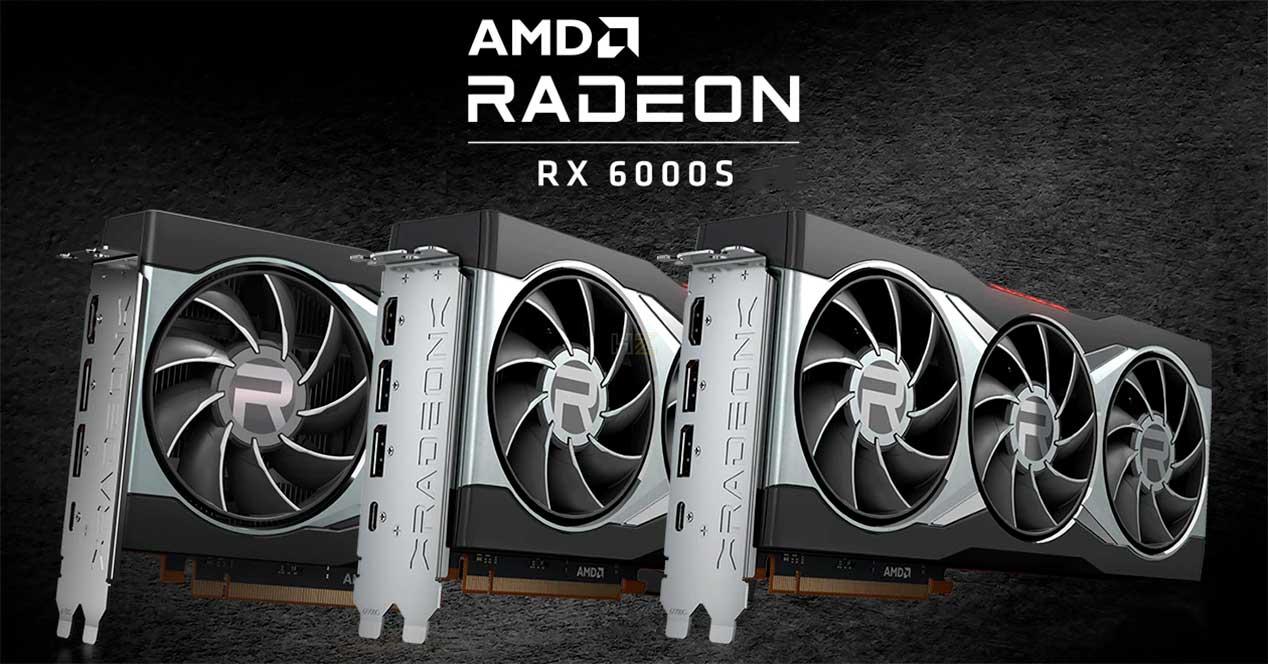After the incessant rumors of Intel and NVIDIA, it is now AMD’s turn, which has seen its strategy for next year leaked. And it’s a little less complex than initially expected, at least until the arrival of the RX 7000, which will be the supposed competitors with the new RDNA 3 architecture. Meanwhile, those of Lisa Su will compete with their rivals with a supposed SUPER range to the maximum. pure NVIDIA style, which would have taken the name of RX 6000S.
There are still several AMD GPUs to launch for desktops and laptops and instead we already have their successors on the table through rumors and within the same architecture. This clearly shows that we are not facing a paradigm shift or a qualitative leap, but at the same time and depending on how it is filtered, it will mean a supposed leap in performance across the lineup.
AMD RX 6000S, the SUPER series at 6 nm
There is very little to be clear, these are just rumors so grab some salt and settle into your chairs as 2022 is going to be more exciting than it looks. We don’t know how many GPUs in total there will be in this new RX 6000S series, but we do know the reasons and the main changes in all the chips that AMD will be launching (which we also don’t know).
The strategy is to compete with the new RTX 3090 Ti, RTX 3080 12 GB and RTX 3070 Ti with models that will be under the same RDNA 2 architecture, but which will not arrive with TSMC’s 7nm. In return, AMD abandons said node to make the leap to the Taiwanese 6nm with surprises along the way that will in principle allow savings to be made to maximize the strategy of the future architecture. DNA 3.
There will be no change in the CU units of the new RX 6000S GPUs, there will be no change in the number of Shaders, VRAM, bus, ROP, TMU etc … So they would be the same current chips with said 6nm node, but then where is the improvement?
More speed for the same consumption
Node N6, as we’ve seen before, is an update to the N7 of current AMD graphics cards, so the improvements are minimal, but significant. First of all there is a 15% -18% more density logic at the same consumption and performance, which is achieved by being the first high performance lithographic process in which EUVL is used.
It is fully compatible with N7, so you won’t have to create masks to pass a Navi chip to this node, even the complex ecosystem does not vary, so it is a very nice reduction in manufacturing costs, therefore. , AMD would focus on two key issues with your GPUs: efficiency and clock speed.
The theory, looking at the data exposed, tells us that what we will have at hand is similar consumption with a higher Boost clock, which would increase performance and on the other hand, by creating smaller chips, the production per insert would increase, resulting in cutting cycle times. When is this going to happen? At first it seems the strategy is to launch the Ryzen 6000 Rembrandt and this new SUPER series at the same time in order to compete with the newer versions of NVIDIA GPUs and the new Intel Arc Alchemists which will also have the same node as these new AMDs.
Therefore, they should arrive at some point in the first quarter 2022 on the market, making way for 3-5nm RDNAs. Even so, there is a rumor that this new SUPER or RX 6000S series will only be available for laptop, which would not make much sense except for the case of Intel and even so it is not clear that they are happening as such. On the other hand, the desktop is confirmed, perhaps AMD’s coup is targeting both sectors at the same time?











